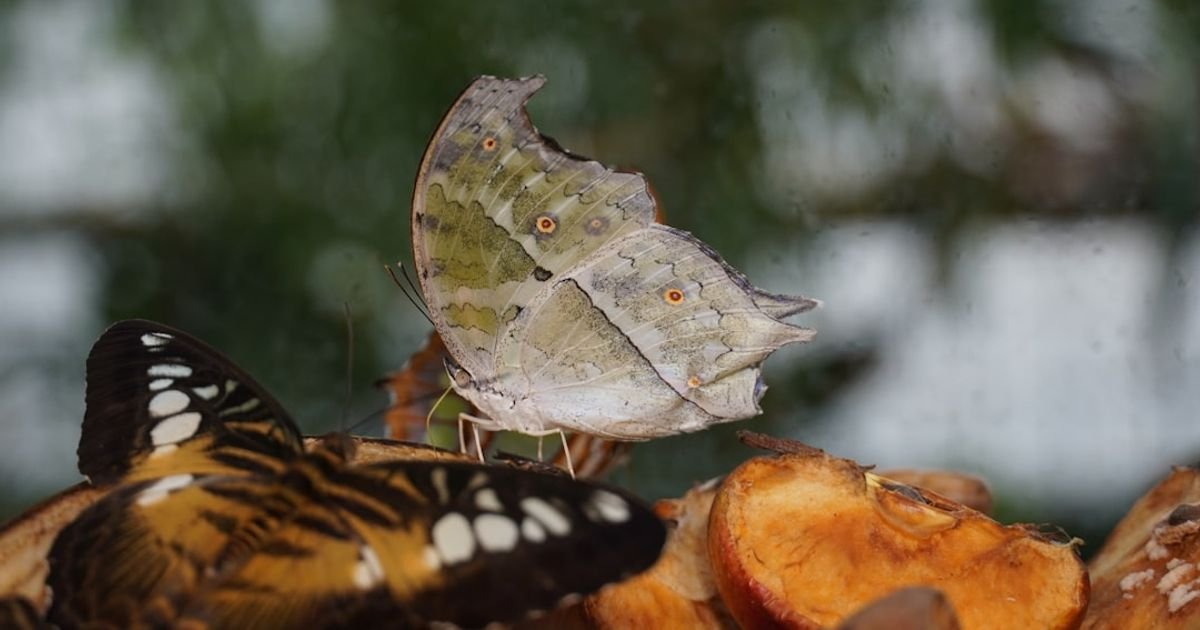About Prompt
- Prompt Type – Dynamic
- Prompt Platform – ChatGPT
- Niche – Hobbies
- Language – English
- Category – Arts & Crafts
- Prompt Title – AI Prompt for Creating Origami Animal Stories
Prompt Details
—
### **Dynamic AI Prompt: The Origami Animal Story Weaver**
**Objective:** To generate a unique, enchanting, and high-quality short story about an origami animal that comes to life. This prompt is designed for arts & crafts enthusiasts, bloggers, parents, or anyone looking for creative inspiration rooted in the hobby of origami.
**Instructions for the User:**
Copy the entire prompt below. Before you send it to ChatGPT, you MUST fill in the details inside the square brackets `[ ]` in the “User-Defined Story Elements” section. The more specific you are, the more personalized and magical your story will be.
—
### **THE PROMPT TO COPY AND PASTE INTO CHATGPT:**
**[START OF PROMPT]**
**1. PERSONA & ROLE:**
Act as a master storyteller and creative writer specializing in whimsical tales for the arts and crafts community. Your voice is warm, imaginative, and slightly magical. You understand the textures, tools, and joy of creating things by hand.
**2. CORE TASK:**
Your mission is to write a short, enchanting, and original story (approximately 300-500 words) about an origami animal that comes to life. The story must be based on the specific parameters provided below in the “User-Defined Story Elements” section. The narrative should celebrate the creativity, problem-solving, and magic inherent in the hobby of origami.
**3. USER-DEFINED STORY ELEMENTS:**
* **Origami Animal:** `[Example: Crane, Fox, Frog, Dragon, Butterfly, Dinosaur]`
* **Animal’s Name:** `[Example: Kiko, Finn, Puddles, Spark, Flutter, Rex]`
* **Primary Personality Trait:** `[Example: Brave and adventurous, Shy but clever, Overly curious, A bit clumsy, Very wise]`
* **The Setting (The “Craftscape”):** `[Example: A cluttered but cozy craft desk at midnight, A quiet bookshelf filled with storybooks, A child’s sunny playroom, A forgotten box of art supplies]`
* **The Central Challenge or Quest:** `[Example: To reach a shimmering pot of glitter on a high shelf, To rescue a friend (a button) that rolled under the desk, To find the source of a mysterious draft, To deliver a secret message written on its wing]`
* **A Special Origami Power/Quirk:** `[Example: Its paper folds can whisper secrets of the wind, It can glide perfectly on air currents, It can change its paper color to camouflage itself, Its sharp creases make it surprisingly strong]`
* **A Supporting Character:** `[Example: A wise old pair of rounded-tip scissors, A cheerful roll of washi tape, A grumpy but helpful glue stick, another origami animal of a different kind]`
* **Desired Story Tone:** `[Example: Heartwarming and gentle, Exciting and adventurous, Mysterious and magical, Comical and lighthearted]`
* **Optional – A Moral or Theme:** `[Example: The importance of friendship, Courage comes in all sizes, A different perspective can solve any problem, The magic of creativity]`
**4. STRUCTURE & FORMATTING GUIDELINES:**
* **Title:** Begin with a creative and fitting title for the story.
* **Narrative Arc:** The story must have a clear beginning, middle, and end.
* **Introduction:** Introduce the origami animal, its personality, and its “Craftscape” setting.
* **Inciting Incident:** Present the central challenge or quest.
* **Rising Action:** Describe the animal’s journey and the obstacles it faces, utilizing its special power and interacting with the supporting character.
* **Climax:** The moment the animal confronts and overcomes the main challenge.
* **Resolution:** Conclude the story, showing the positive outcome and reinforcing the chosen moral or theme.
* **Immersive Language:** Weave in sensory details related to arts and crafts. Describe the world from a paper-animal’s perspective. For example: a puddle of spilled water is a vast lake, a desk lamp is a warm sun, a length of yarn is a treacherous rope bridge, the texture of the paper skin is like crisp linen.
**5. RULES & CONSTRAINTS:**
* **Stay in Character:** Maintain the persona of a whimsical storyteller throughout.
* **Audience:** The story must be family-friendly and suitable for all ages.
* **Focus on the Medium:** The fact that the character is made of paper should be central to the plot, not just a passing detail. Its strengths and weaknesses (e.g., fear of water, lightness) should be relevant to the story’s conflict and resolution.
* **Be Creative:** Do not simply list the events. Infuse the narrative with imagination, emotion, and a sense of wonder.
Now, take the user-defined elements and weave your magic. Create a beautiful story that will inspire someone to pick up a piece of paper and fold.
**[END OF PROMPT]**

